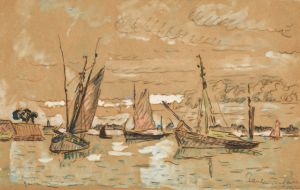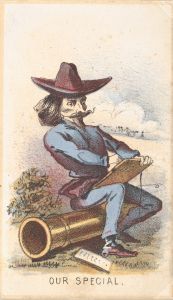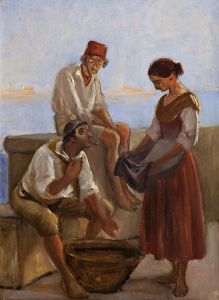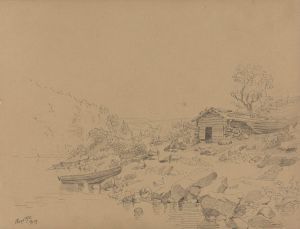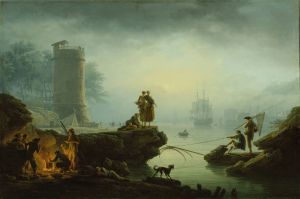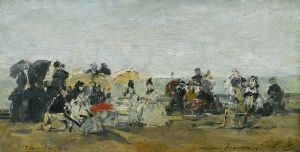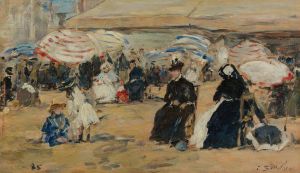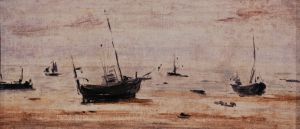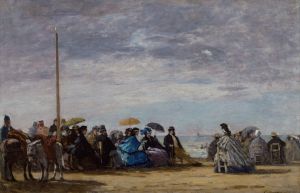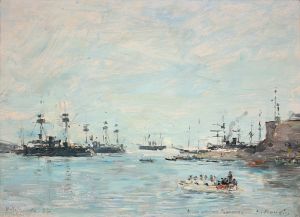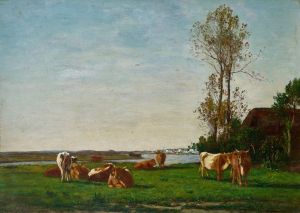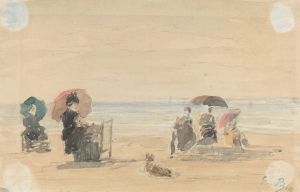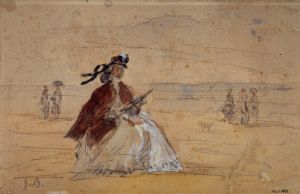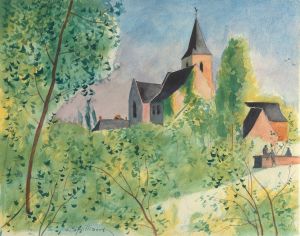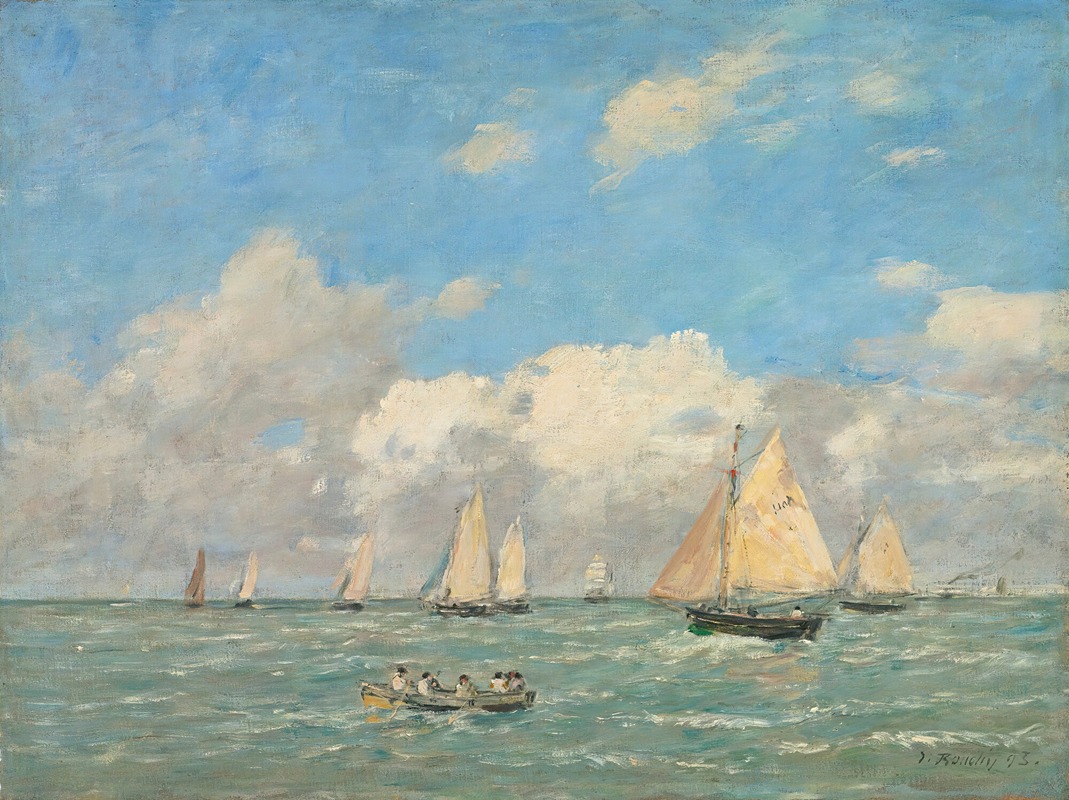
La Sortie Des Barques À Trouville
A hand-painted replica of Eugène Boudin’s masterpiece La Sortie Des Barques À Trouville, meticulously crafted by professional artists to capture the true essence of the original. Each piece is created with museum-quality canvas and rare mineral pigments, carefully painted by experienced artists with delicate brushstrokes and rich, layered colors to perfectly recreate the texture of the original artwork. Unlike machine-printed reproductions, this hand-painted version brings the painting to life, infused with the artist’s emotions and skill in every stroke. Whether for personal collection or home decoration, it instantly elevates the artistic atmosphere of any space.
"La Sortie Des Barques À Trouville" (The Departure of the Boats at Trouville) is a painting by the French artist Eugène Boudin, who is widely recognized as one of the most important precursors to the Impressionist movement. Boudin was born on July 12, 1824, in Honfleur, France, and he developed a profound affinity for the sea and coastal scenes, which became a central theme in his work.
This particular painting, created in 1864, captures a lively maritime scene in the coastal town of Trouville-sur-Mer, located in the Normandy region of France. Trouville was a popular destination for artists and tourists alike during the 19th century, known for its picturesque beaches and bustling harbor. Boudin's choice of subject reflects his deep connection to the region and his fascination with the interplay of light and atmosphere.
In "La Sortie Des Barques À Trouville," Boudin masterfully depicts a group of boats setting out to sea. The composition is characterized by its dynamic arrangement of vessels, which are shown in various stages of preparation and departure. The artist's keen observation skills are evident in the meticulous rendering of the boats, the figures, and the surrounding environment. The scene is animated by the presence of fishermen and sailors, who are engaged in their daily activities, adding a sense of realism and vitality to the painting.
Boudin's technique in this work is notable for its loose, fluid brushstrokes and his adept use of color to convey the effects of light and weather. The sky, a dominant feature in the composition, is painted with a range of blues and whites, suggesting a breezy, partly cloudy day. The water reflects the sky's hues, creating a harmonious balance between the elements. Boudin's ability to capture the transient qualities of light and atmosphere would later influence many of the Impressionist painters, including Claude Monet, who regarded Boudin as a mentor.
The painting is also significant for its portrayal of everyday life in a coastal town, offering a glimpse into the maritime culture of 19th-century France. Boudin's focus on ordinary subjects, combined with his innovative approach to capturing natural light, marked a departure from the more formal and idealized landscapes that were prevalent at the time.
"La Sortie Des Barques À Trouville" is housed in the Musée d'Orsay in Paris, which holds an extensive collection of 19th-century art. The museum's collection includes several works by Boudin, highlighting his contributions to the development of modern landscape painting.
Eugène Boudin's legacy as a pioneer of plein air painting and his influence on the Impressionist movement are well-documented. His works continue to be celebrated for their beauty, technical skill, and their ability to evoke the serene yet dynamic nature of coastal life. "La Sortie Des Barques À Trouville" remains a testament to Boudin's talent and his enduring impact on the art world.





